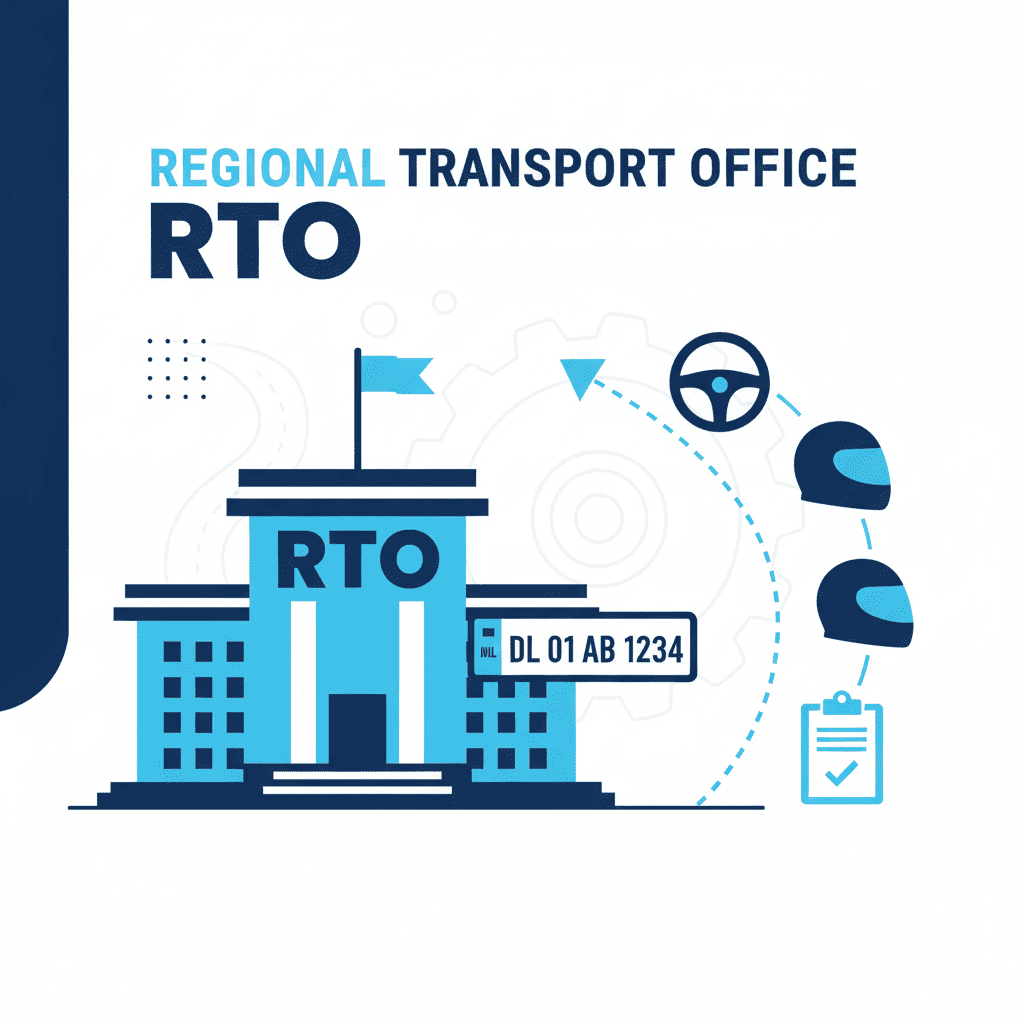What is RTO?
The Regional Transport Office (RTO) is a government body responsible for maintaining a database of all registered vehicles in a specific area. The RTO plays a crucial role in ensuring that vehicles are registered, licensed, and insured according to the law. It also oversees various aspects of road safety and vehicle registration, making it an essential part of vehicle ownership.Importance of the RTO in Vehicle Ownership
When it comes to vehicle ownership, the RTO is vital for several reasons:- Legal Recognition: The RTO provides a legal framework for vehicle ownership, ensuring that the rightful owner is recognised by law.
- Transfer of Ownership: The RTO facilitates the transfer of ownership when a vehicle is sold or passed on to heirs after the owner’s death.
- Regulatory Compliance: It ensures that all vehicles comply with local laws and regulations, contributing to road safety.
Legal Requirements for Ownership Transfer
Documents Needed for Transfer
To transfer vehicle ownership after the death of the owner, specific documents are required. These typically include:- Death Certificate
- Original Registration Certificate
- Identification Proof
- Form 29
- Form 30
- No Objection Certificate (NOC)


